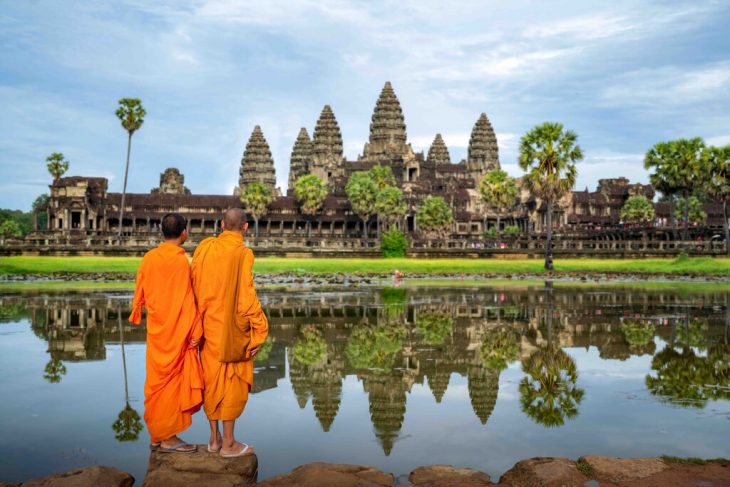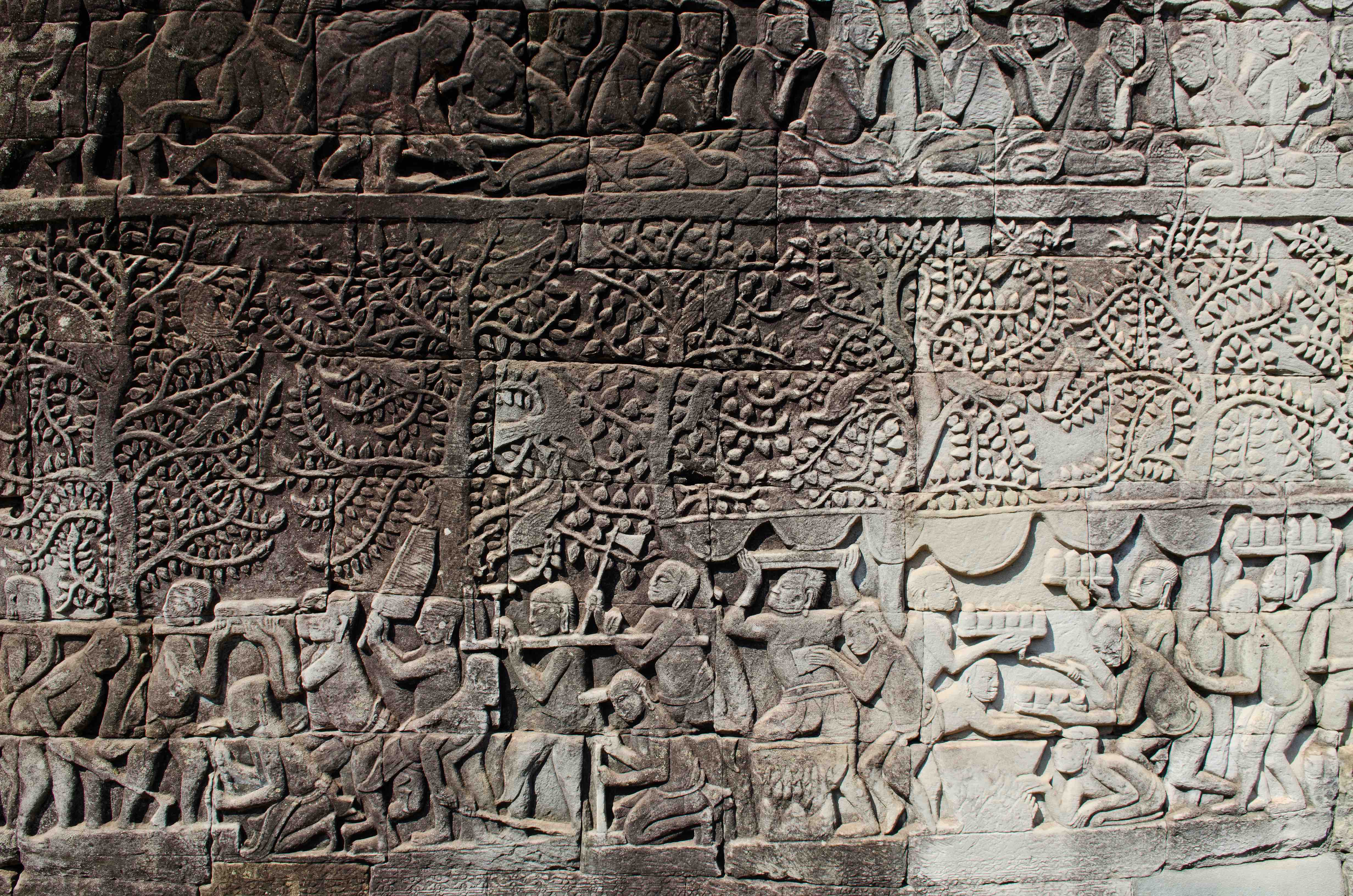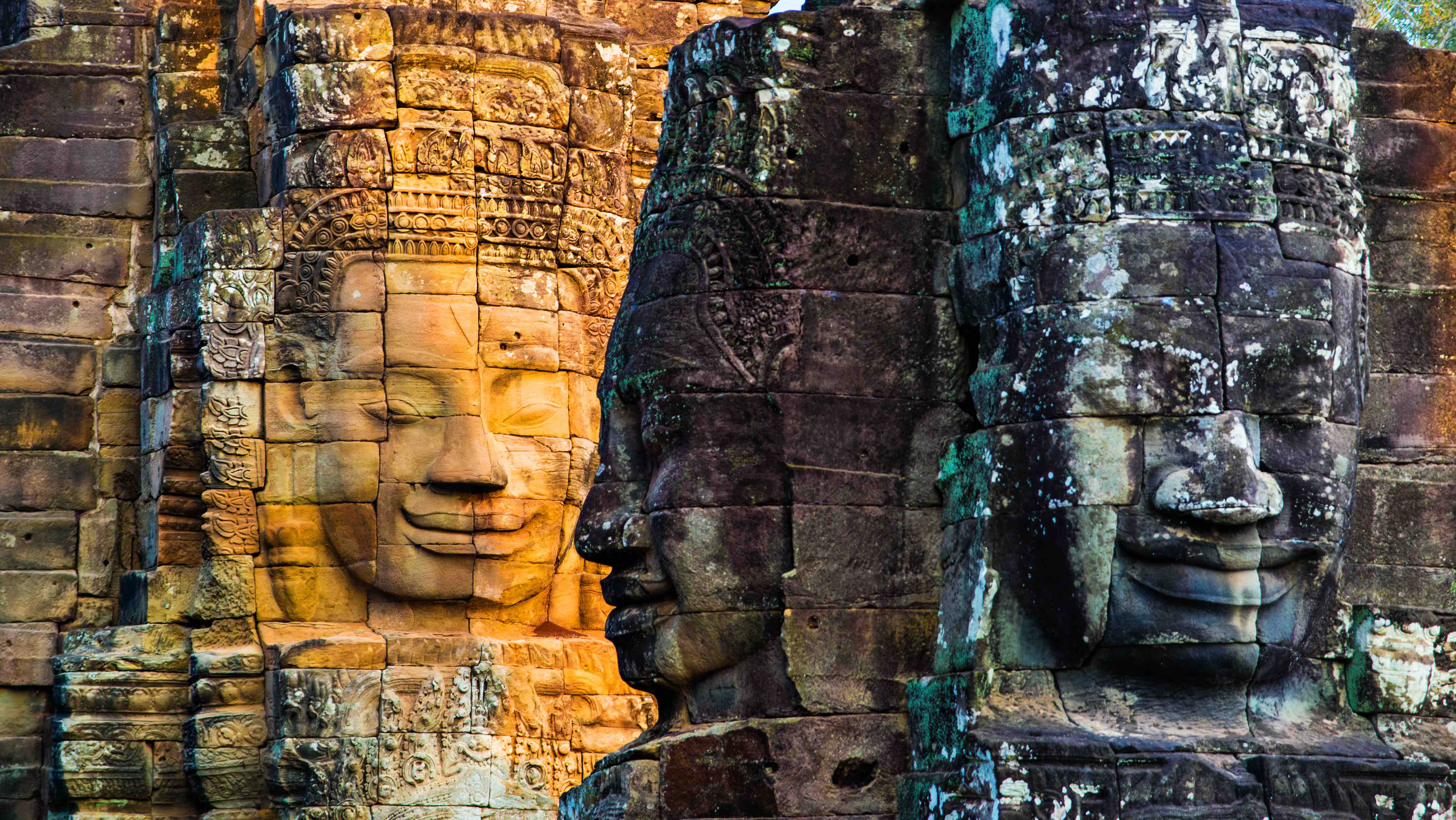
Angkor Wat, the iconic temple complex in Cambodia, stands as a testament to the brilliance of ancient architecture and the rich cultural heritage of the Khmer civilization. As one of the world’s most renowned archaeological sites, Angkor Wat continues to captivate visitors with its awe-inspiring beauty and historical significance. In this article, we explore 15 fascinating facts about Angkor Wat, offering a glimpse into its captivating wonders.
Majestic Wonder
Angkor Wat is not just a single temple; it is an entire city complex spread over an area of 402 acres (162.6 hectares). Its sheer size and grandeur make it the largest religious monument in the world.
Architectural Marvel
Built-in the 12th century, Angkor Wat is a masterpiece of Khmer architecture. It combines elements of temple mountains, representing Mount Meru—the abode of the gods in Hindu mythology—and galleries adorned with intricate bas-reliefs depicting mythological scenes.
Symbolism and Spirituality
Angkor Wat was originally constructed as a Hindu temple dedicated to the god Vishnu. However, it later transformed into a Buddhist temple. Its architecture and sculptures embody the harmony between Hindu and Buddhist beliefs, reflecting the religious evolution of the Khmer Empire.
Impressive Bas-Reliefs

The temple’s walls are adorned with stunning bas-reliefs that stretch for nearly 1,200 meters (3,937 feet). These intricate carvings depict scenes from Hindu epics, including the famous “Churning of the Ocean of Milk” and the “Battle of Kurukshetra” from the Mahabharata.
Sunrise Spectacle
One of the most mesmerizing experiences at Angkor Wat is witnessing the sunrise over its majestic towers. Visitors gather in the early morning hours to witness the temple complex bathed in golden hues, creating an ethereal and enchanting atmosphere.
Hidden Capital
Angkor Wat was not only a religious site but also the political and administrative center of the Khmer Empire. It served as the capital city for several centuries, reflecting the empire’s power and influence in Southeast Asia.
Engineering Marvels
The construction of Angkor Wat involved intricate engineering techniques. The temple complex features a sophisticated water management system, including moats and canals, which helped regulate water flow and prevent flooding.
Conservation Efforts
Angkor Wat has faced numerous challenges over the years, including war, looting, and natural deterioration. However, extensive restoration and conservation efforts have been undertaken to preserve its architectural splendor and cultural heritage.
UNESCO World Heritage Site
Recognizing its historical and cultural significance, Angkor Wat was designated as a UNESCO World Heritage Site in 1992. This status highlights its universal value and the need for its protection and conservation.
Magnificent Temples
While Angkor Wat is the most famous temple within the complex, there are numerous other stunning temples to explore. Some notable examples include Bayon, Ta Prohm, and Banteay Srei, each offering unique architectural features and artistic details.
Abandoned City
After the fall of the Khmer Empire, Angkor Wat was gradually abandoned and reclaimed by nature. The jungle engulfed the temples, shrouding them in an air of mystery until their rediscovery in the 19th century by French explorers.
Artistic Precision

The sculptures and carvings at Angkor Wat display remarkable artistic precision. The stone reliefs, statues, and intricate details reflect the skill and craftsmanship of the Khmer artisans, providing a glimpse into the artistic prowess of the time.
Symbolic Towers
The five towers of Angkor Wat represent the peaks of Mount Meru, the mythical home of the gods in Hindu and Buddhist cosmology. These towers, with their intricate design and symbolic significance, are a striking feature of the temple complex.
Sacred Pilgrimage
Angkor Wat continues to be a place of pilgrimage and spiritual significance for both Hindus and Buddhists. Devotees from around the world visit the temple complex to pay their respects, meditate, and seek blessings.
Tourism and Cultural Heritage
Today, Angkor Wat draws millions of visitors each year, contributing to Cambodia’s tourism industry and serving as a symbol of the country’s rich cultural heritage. The site’s popularity as a tourist destination has helped raise awareness about its historical and architectural importance.
Final Word
Angkor Wat stands as a testament to human ingenuity, artistic brilliance, and the cultural legacy of the Khmer civilization. Its architectural wonders, rich history, and spiritual aura make it a truly enchanting destination that continues to inspire and awe visitors from around the world.
Frequently Asked Questions (FAQs)
How old is Angkor Wat?
Angkor Wat was built in the 12th century, during the reign of King Suryavarman II.
Can you go inside Angkor Wat?
Yes, visitors can explore the interior of Angkor Wat and climb to the top of certain towers for panoramic views of the surrounding area.
How long does it take to visit Angkor Wat?
To fully explore the temple complex and appreciate its beauty, it is recommended to allocate at least a full day. Some visitors opt for multiple days to visit all the temples within the Angkor Archaeological Park.
What is the best time to visit Angkor Wat?
The best time to visit Angkor Wat is during the dry season, from November to February when the weather is cooler and there is less chance of rain.
Are there any restrictions for visitors at Angkor Wat?
To respect the sacred nature of the site, visitors are expected to dress modestly and behave respectfully. Climbing on certain structures and touching the carvings is prohibited to preserve their integrity.
Was this page helpful?
Our commitment to delivering trustworthy and engaging content is at the heart of what we do. Each fact on our site is contributed by real users like you, bringing a wealth of diverse insights and information. To ensure the highest standards of accuracy and reliability, our dedicated editors meticulously review each submission. This process guarantees that the facts we share are not only fascinating but also credible. Trust in our commitment to quality and authenticity as you explore and learn with us.
